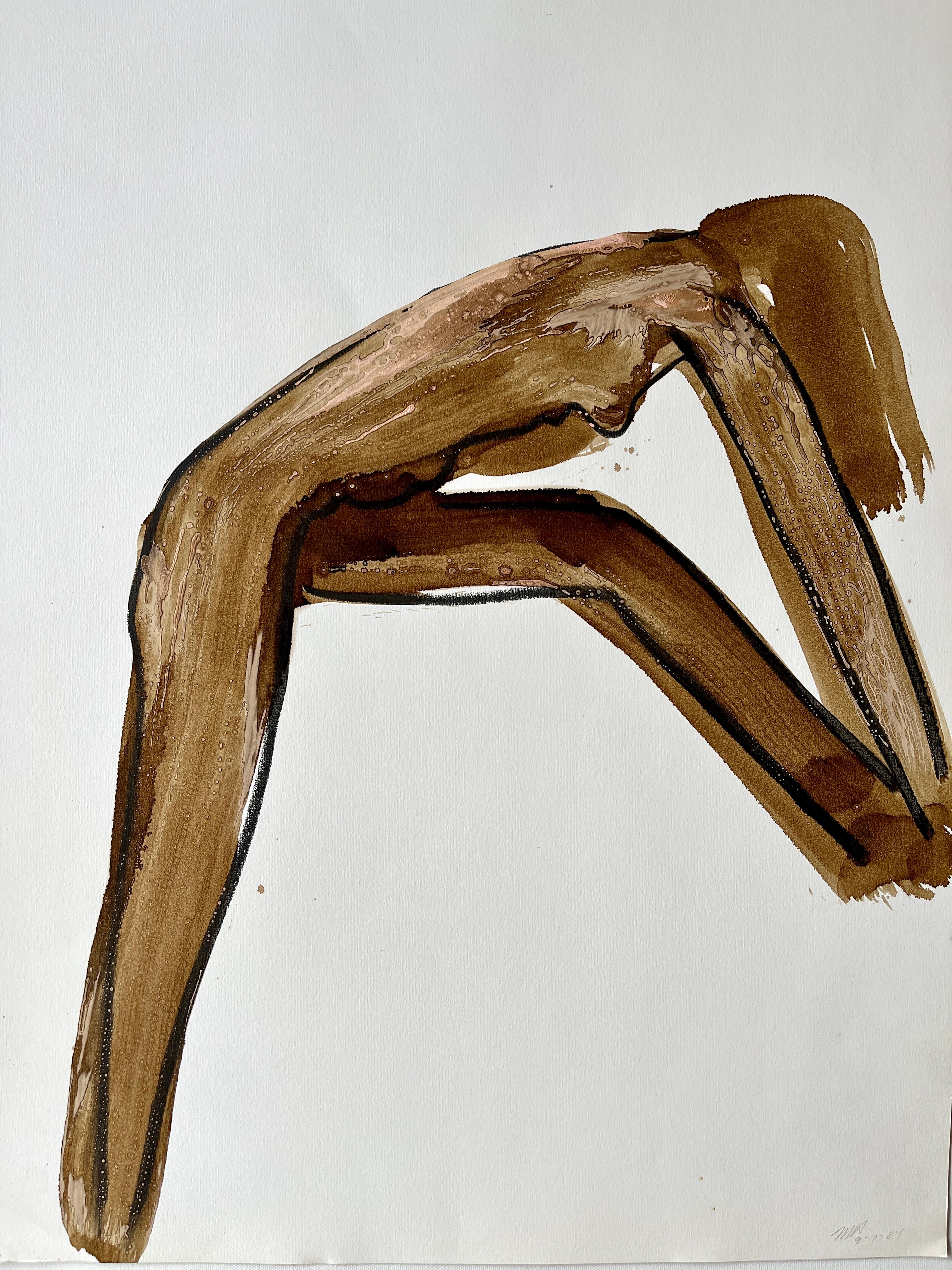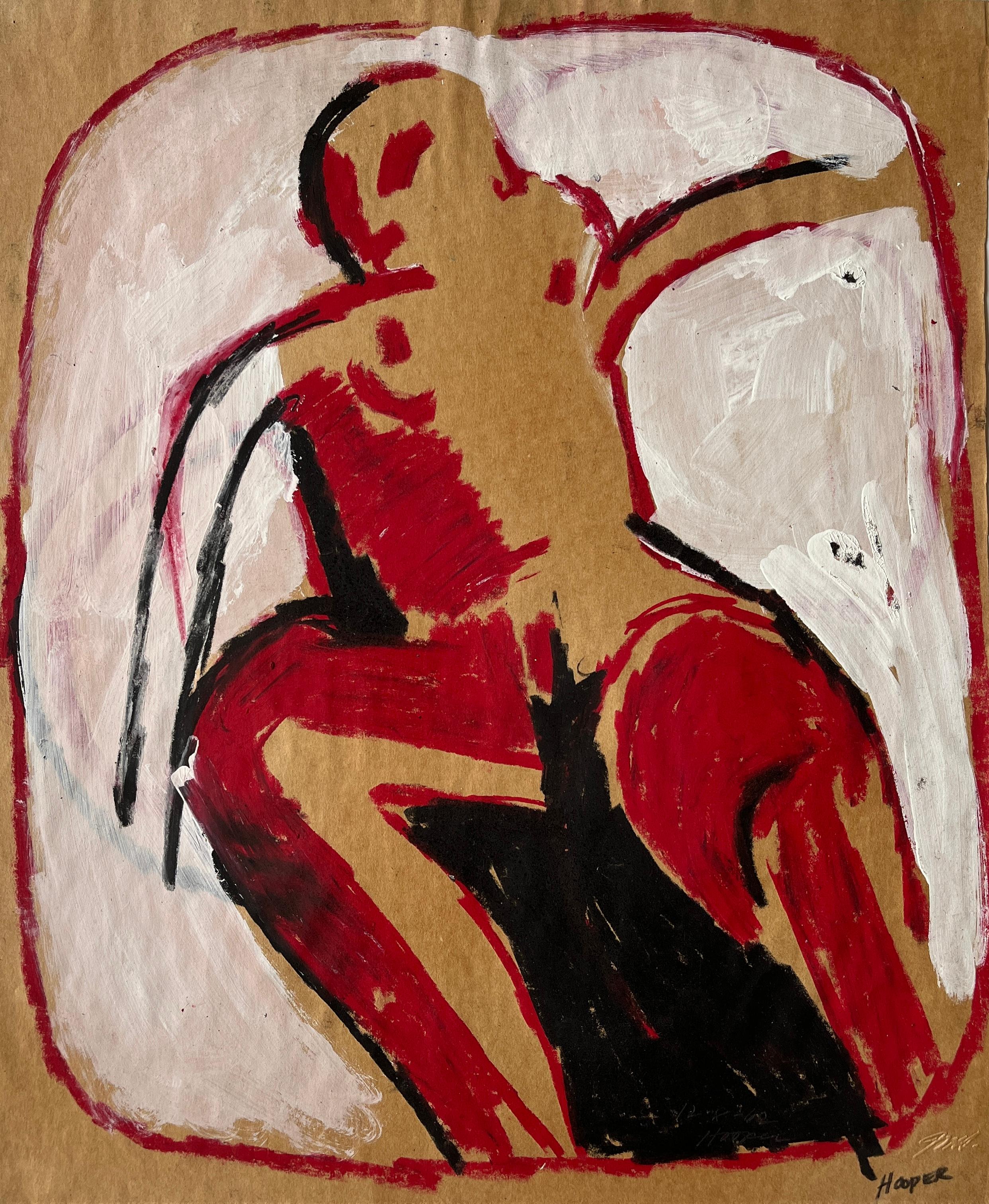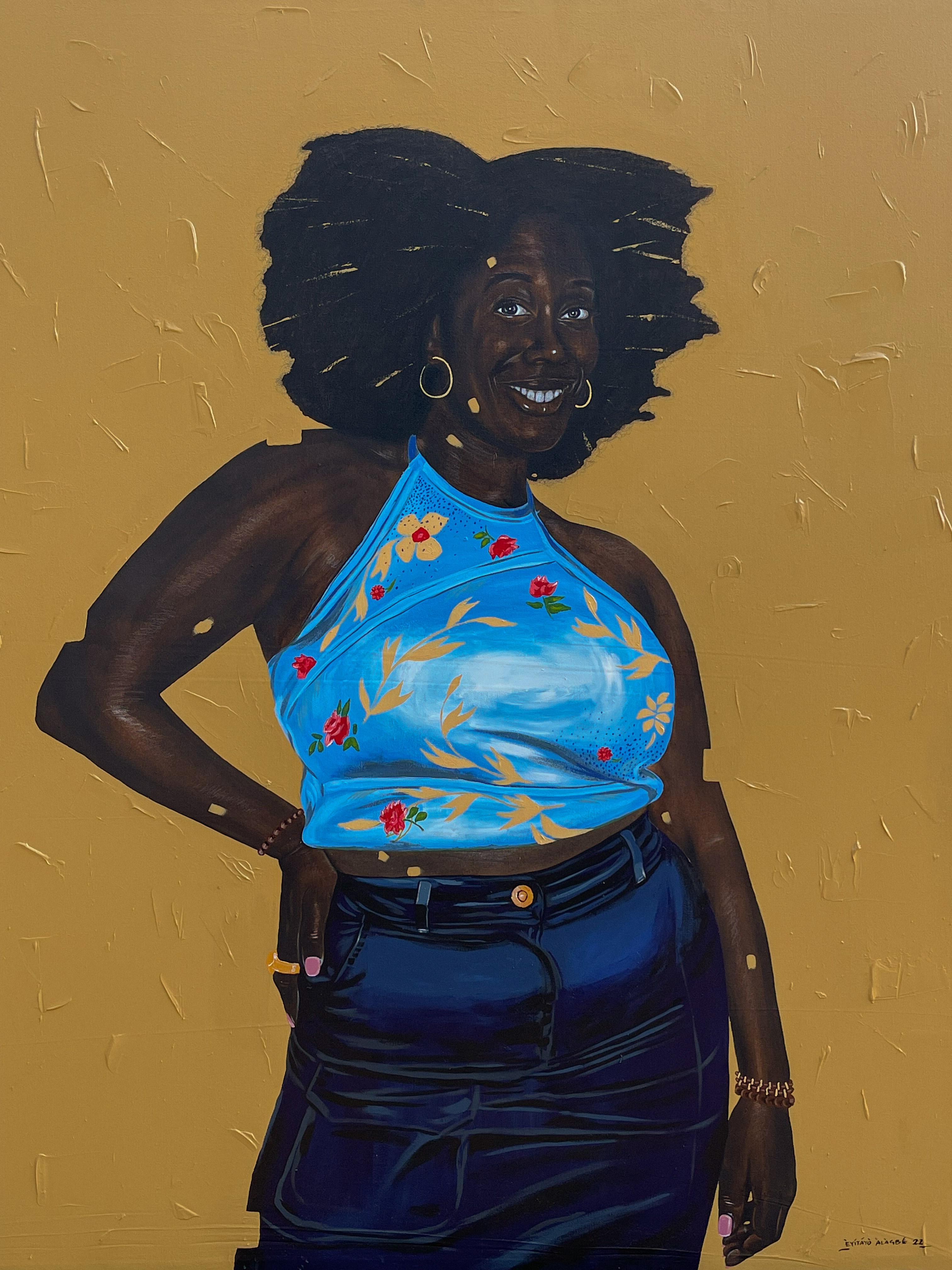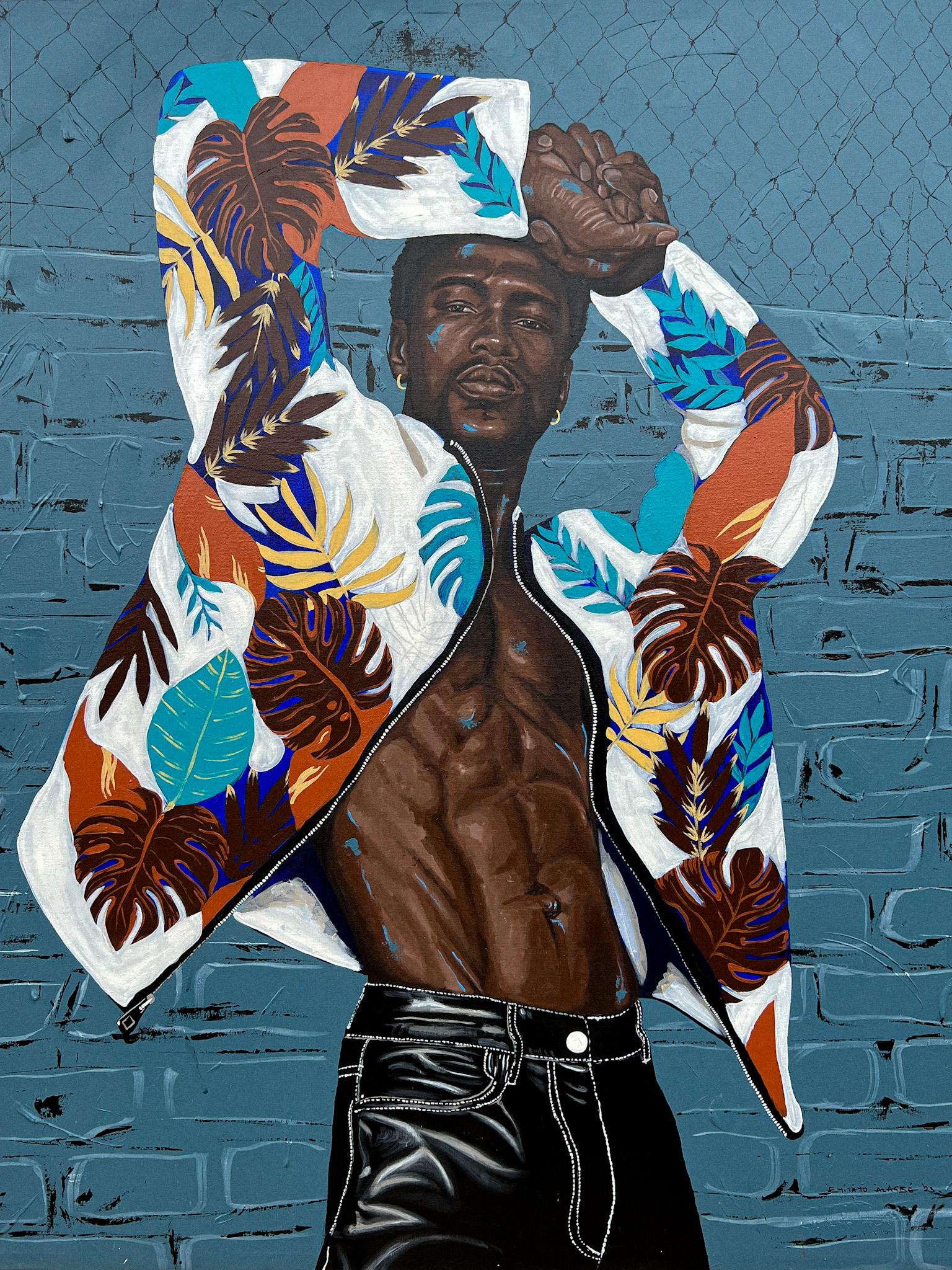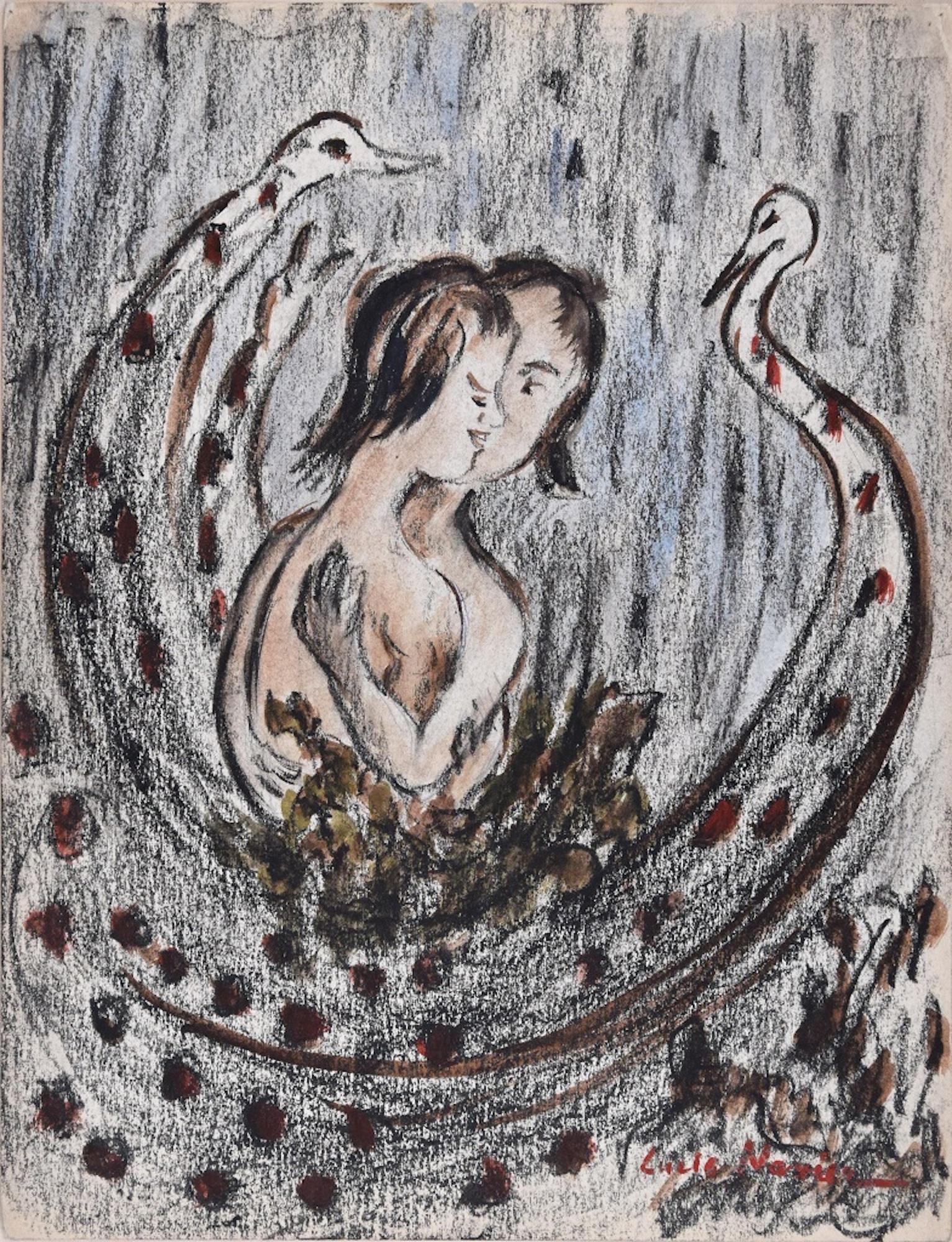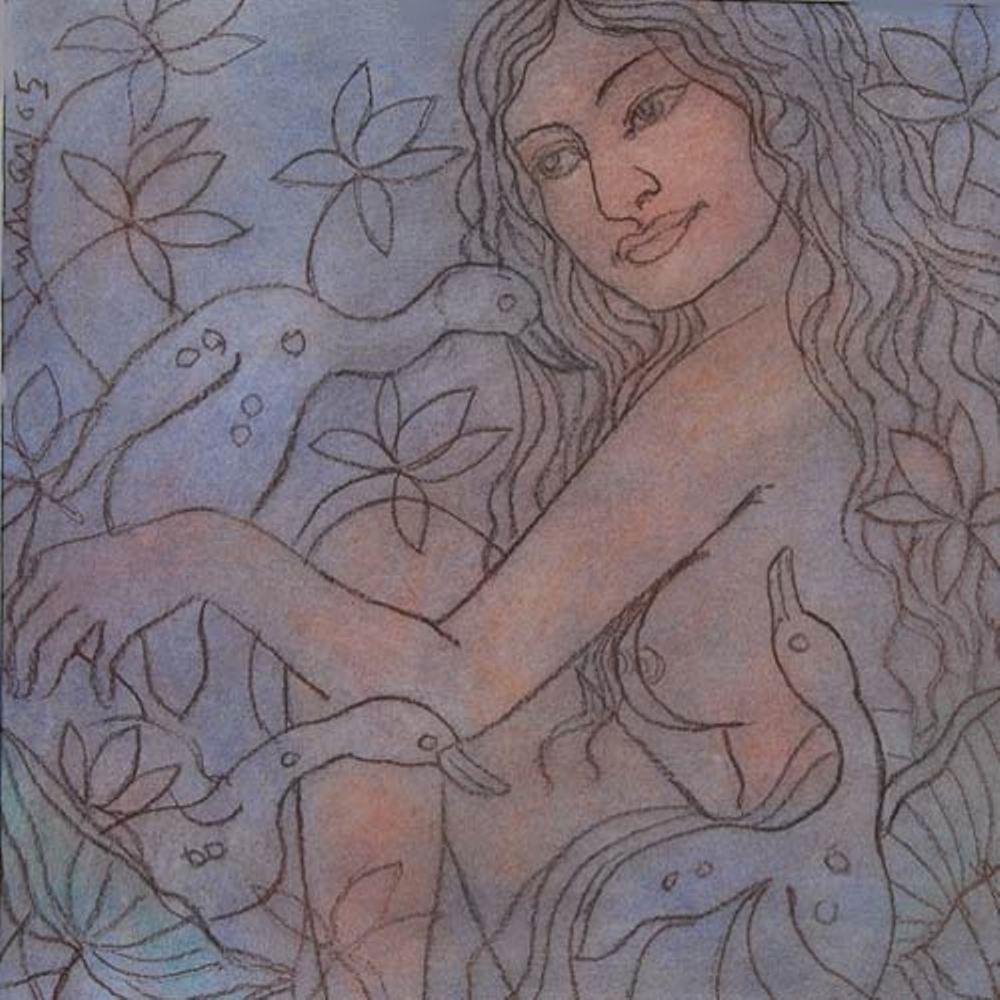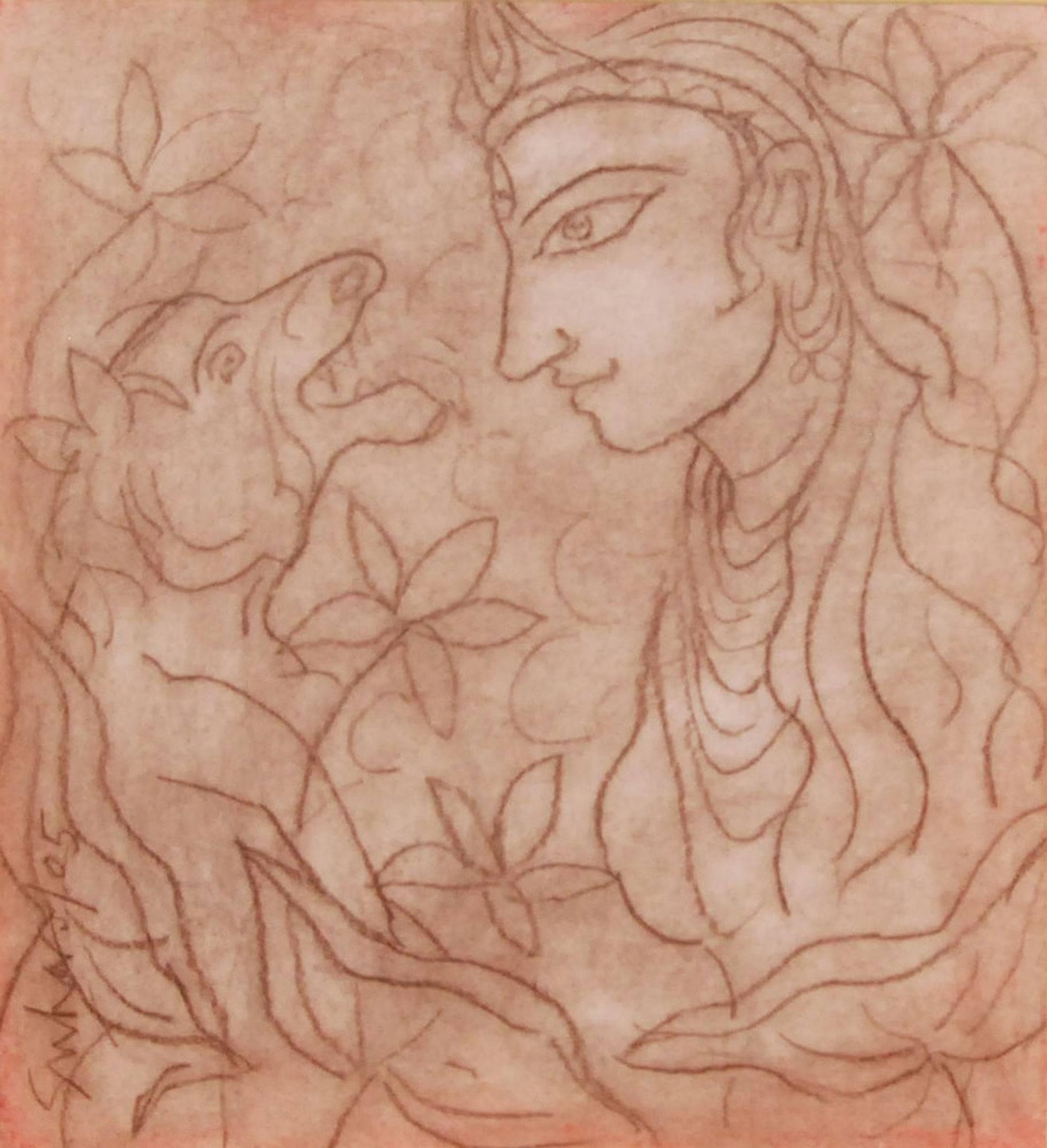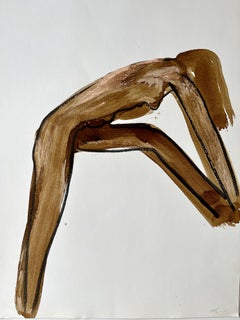Accompanying Figures Study 20th Century Distemper & Pastel
View Similar Items
1 of 1
Alysanne McGaffeyAccompanying Figures Study 20th Century Distemper & Pastel
About the Item
- Creator:Alysanne McGaffey (1931, American)
- Dimensions:Height: 11 in (27.94 cm)Width: 8 in (20.32 cm)
- Medium:
- Movement & Style:
- Period:
- Condition:Excellent vintage condition.
- Gallery Location:San Francisco, CA
- Reference Number:Seller: 233521stDibs: LU298211729332
You May Also Like
- "Side Stretch Nude 3" 1984 Figure Gouache and Pastel American ModernistBy Jack HooperLocated in Arp, TXJack Hooper "Side Stretch Nude 3" 9/7/1984 Gouache and pastel on paper 20"x26" unframed Signed and dated in pencil lower right In this exemplary work of modernist art, Jack Hooper e...Category
1980s American Modern Mixed Media
MaterialsPaper, Pastel, Gouache
- "Nude in Bubble" 1960s Paint & Pastel Nude American Modernist Jack HooperBy Jack HooperLocated in Arp, TXJack Hooper "Nude in Bubble" c. 1960 Gouache and pastel on paper 15"x18" unframed Signed in pencil lower left Jack Hooper's abstract artwork, featuring a figure outlined in bold bla...Category
Mid-20th Century American Modern Mixed Media
MaterialsPaper, Pastel, Gouache
- Oga MadamLocated in Ibadan, Oyo"Oga Madam" by Eyitayo Alagbe is a captivating artwork that portrays a young woman with an air of confidence and determination. The title, "Oga Madam," suggests a sense of authority ...Category
21st Century and Contemporary Modern Figurative Paintings
MaterialsCanvas, Pastel, Ink, Acrylic
- Yoga Feelings On My Vintage JacketLocated in Ibadan, OyoAlagbe's artwork draws attention to the man's jacket, which showcases his bare chest. The jacket, reminiscent of a vintage style, represents the layers we often wear to shield ourselves from the world. By revealing his bare chest, the man symbolizes a willingness to be vulnerable and open to self-exploration. The jacket becomes a canvas for introspection, encouraging viewers to reflect on their own inner journeys toward peace and self-discovery. The quote by Geshe Kelsang Gyatso, "We all wish for world peace, but world peace will never be achieved unless we first establish peace within our own minds," resonates deeply with Alagbe's artwork. It highlights the idea that true peace cannot be attained externally unless we find serenity within ourselves. The artwork invites viewers to examine their own inner landscape and cultivate a sense of harmony, balance, and compassion toward themselves and others. Embedded within the artwork is another profound quote, this time from The Bhagavad Gita...Category
21st Century and Contemporary Modern Figurative Paintings
MaterialsAcrylic, Canvas, Pastel, Ink
- Rare Modernist Hungarian Rabbi Pastel Drawing Gouache Painting Judaica Art DecoBy Hugó ScheiberLocated in Surfside, FLRabbi in the synagogue at prayer wearing tallit and tefillin. Hugó Scheiber (born 29 September 1873 in Budapest – died there 7 March 1950) was a Hungarian modernist painter. Hugo Scheiber was brought from Budapest to Vienna at the age of eight where his father worked as a sign painter for the Prater Theater. At fifteen, he returned with his family to Budapest and began working during the day to help support them and attending painting classes at the School of Design in the evening, where Henrik Papp was one of his teachers. He completed his studies in 1900. His work was at first in a post-Impressionistic style but from 1910 onward showed his increasing interest in German Expressionism and Futurism. This made it of little interest to the conservative Hungarian art establishment. However, in 1915 he met the great Italian avant-gardist Filippo Tommaso Marinetti and the two painters became close friends. Marinetti invited him to join the Futurist Movement. The uniquely modernist style that he developed was, however, closer to German Expressionism than to Futurism and eventually drifted toward an international art deco manner similar to Erté's. In 1919, he and his friend Béla Kádar held an exhibition at the Hevesy Salon in Vienna. It was a great success and at last caused the Budapest Art Museum to acquire some of Scheiber's drawings. Encouraged, Scheiber came back to live in Vienna in 1920. A turning point in Scheiber's career came a year later, when Herwarth Walden, founder of Germany's leading avant-garde periodical, Der Sturm, and of the Sturm Gallery in Berlin, became interested in Scheiber's work. Scheiber moved to Berlin in 1922, and his paintings soon appeared regularly in Walden's magazine and elsewhere. Exhibitions of his work followed in London, Rome, La Paz, and New York. Scheiber's move to Germany coincided with a significant exodus of Hungarian artists to Berlin, including Laszlo Moholy-Nagy and Sandor Bortnyik. There had been a major split in ideology among the Hungarian avant-garde. The Constructivist and leader of the Hungarian avantgarde, Lajos Kassák (painted by Hugó Scheiber in 1930) believed that art should relate to all the needs of contemporary humankind. Thus he refused to compromise the purity of his style to reflect the demands of either the ruling class or socialists and communists. The other camp believed that an artist should be a figurehead for social and political change. The fall out and factions that resulted from this politicisation resulted in most of the Hungarian avant gardists leaving Vienna for Berlin. Hungarian émigrés made up one of the largest minority groups in the German capital and the influx of their painters had a significant effect on Hungarian and international art. Another turning point of Scheiber's career came in 1926, with the New York exhibition of the Société Anonyme, organized by Katherine Dreier. Scheiber and other important avant garde artists from more than twenty-three countries were represented. In 1933, Scheiber was invited by Marinetti to participate in the great meeting of the Futurists held in Rome in late April 1933, Mostra Nazionale d’Arte Futurista where he was received with great enthusiasm. Gradually, the Hungarian artists began to return home, particularly with the rise of Nazism in Germany. Kádar went back from Berlin in about 1932 and Scheiber followed in 1934. He was then at the peak of his powers and had a special flair in depicting café and cabaret life in vivid colors, sturdily abstracted forms and spontaneous brush strokes. Scheiber depicted cosmopolitan modern life using stylized shapes and expressive colors. His preferred subjects were cabaret and street scenes, jazz musicians, flappers, and a series of self-portraits (usually with a cigar). his principal media being gouache and oil. He was a member of the prestigious New Society of Artists (KUT—Képzőművészek Új Társasága)and seems to have weathered Hungary's post–World War II transition to state-communism without difficulty. He continued to be well regarded, eventually even receiving the posthumous honor of having one of his images used for a Russian Soviet postage stamp (see image above). Hugó Scheiber died in Budapest in 1950. Paintings by Hugó Scheiber form part of permanent museum collections in Budapest (Hungarian National Museum), Pecs (Jannus Pannonius Museum), Vienna, New York, Bern and elsewhere. His work has also been shown in many important exhibitions, including: "The Nell Walden Collection," Kunsthaus Zürich (1945) "Collection of the Société Anonyme," Yale University Art Gallery, New Haven, Connecticut (1950) "Hugó Scheiber: A Commemorative Exhibition," Hungarian National Museum, Budapest (1964) "Ungarische Avantgarde," Galleria del Levante, Munich (1971) "Paris-Berlin 1900-1930," Centre Georges Pompidou, Paris (1978) "L’Art en Hongrie, 1905-1920," Musée d’Art et l’Industrie, Saint-Etienne (1980) "Ungarische Avantgarde in der Weimarer Republik," Marburg (1986) "Modernizmus," Eresz & Maklary Gallery, Budapest (2006) "Hugó Scheiber & Béla Kádár," Galerie le Minotaure, Paris and Tel Aviv (2007) Hugó Scheiber's paintings continue to be regularly sold at Sotheby's, Christie's, Gillen's Arts (London), Papillon Gallery (Los Angeles) and other auction houses. He was included in the exhibition The Art Of Modern Hungary 1931 and other exhibitions along with Vilmos Novak Aba, Count Julius Batthyany, Pal Bor, Bela Buky, Denes Csanky, Istvan Csok, Bela Czobel, Peter Di Gabor, Bela Ivanyi Grunwald, Baron Ferenc Hatvany, Lipot Herman, Odon Marffy, C. Pal Molnar...Category
Early 20th Century Modern Figurative Paintings
MaterialsPaper, Charcoal, Pastel, Watercolor, Gouache
- Peacocks - Original Mixed Media on Paper by Lucie Navier - 1930sBy Lucie NavierLocated in Roma, ITPeacocks is a painting realized by Lucie Navier in the 1930s. Original tempera painting and pastels on cardboard. Hand-signed by the artist on the lower right corner in red paintin...Category
1930s Modern Figurative Paintings
MaterialsTempera, Pastel
Recently Viewed
View AllMore Ways To Browse
Pacifica Art
Seattle Vintage
Vintage Seattle
Vintage Chalk Figures
Seascape Vintage Signed Oil Paintings
Vintage Chalk Figure
World Exposition
Women Portraits Oil
Women Oil Portraits
Women Oil Portrait
American Atelier
Horse Paris
Oil Portraits Of Women
Paris Nice
Painted Backdrop
Wisconsin Artist
Impressionist Woman
Medal Portrait
